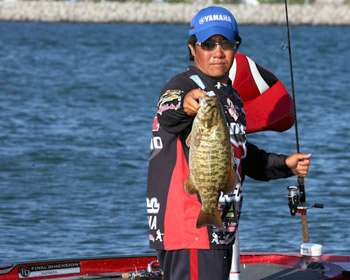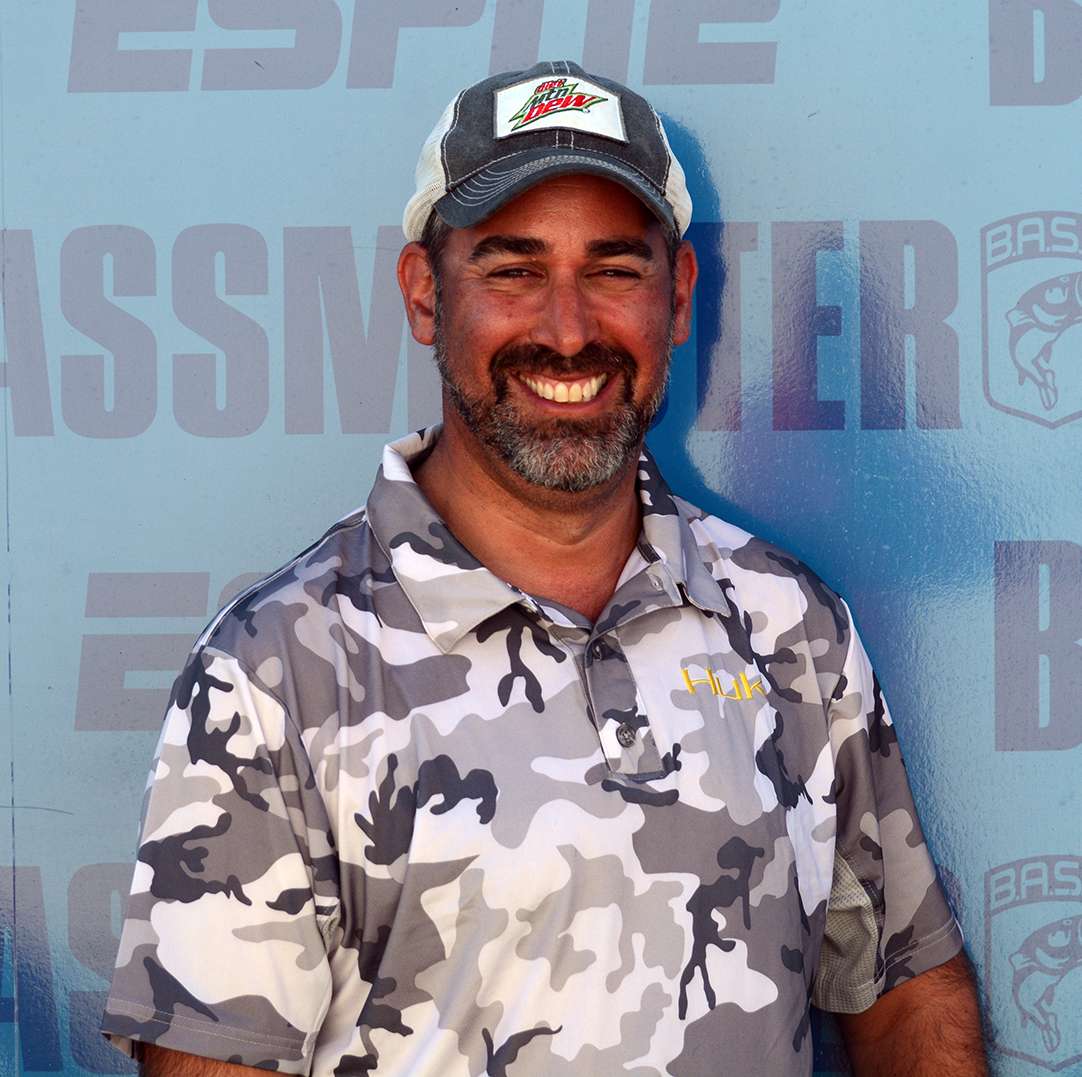
Kota Kiriyama's blowout win in the 2008 Elite Series tournament on Lake Erie was no accident. His 93 pounds of smallmouth caught over four days, an average approaching 5 pounds per fish, were the result of a practice strategy that began several years earlier.
While the average weekend angler may not have the time to approach every lake the same way, it provides a template for discovering subtle offshore structure. "I spent about five weeks just idling from Buffalo to the Pennsylvania line," he says nonchalantly, as if it's something every angler does. "I tried to find every little change in the bottom." That paid off with a second place finish in 2007 and his first tour-level victory in 2008.
Why don't other anglers replicate this advanced on-the-water map study? The simple answer is that it's time-consuming and often veers into an exercise comparable to watching paint dry.
Even Kiriyama had to take breaks on occasion: "I graphed for a few hours, then I would get tired of it. So after doing it for a few hours I'd fish a little bit and try to catch a few fish." While it may be boring, there's a science that allows the dedicated competitor to break down the available waters.
First, Kiriyama studies his maps and compares them to the structure he paints on his depthfinder screen. "I go over it to see how accurate it is," he explains. At the same time, he looks for some of his favorite types of structure, including reefs, humps, dropoffs and the like. He doesn't expect to find a lot of key areas, but when he marks a waypoint on his GPS unit, it means something. "I tried to get on the big reefs and then pinpoint the small rockpiles and subtle humps.
If I found one or two key spots a day, that was enough," he adds. He currently has 200 to 300 waypoints marked on Erie. Kiriyama strongly recommends that anglers "buy the best electronics your budget can allow. For fishing a lake like Erie, it makes a big difference.
You can find them very easily if you have the right equipment." He uses electronics from two different manufacturers. He says that one is better for bottom contours, and he utilizes the other for its side-viewing capabilities. He considers his time spent idling on Erie to have been worthwhile, and encourages others to find the "spot within the spot" when time allows.
But he also cautions that there are times when this diligence can be a waste of valuable practice hours. "It depends on the time of year. If it's winter time, when fish are deeper, I'll spend a lot of time graphing. If I'm going to be fishing during the spawn, however, graphing is not so important.
Then, I'll spend more time in the shallow bays." When targets are visible, like grass or boat docks, he'll also fish more and graph less, but when it's a pure structure bite, he gets in the driver's seat of his boat, fires up his electronics and goes to work.
(Provided by Z3 Media)





